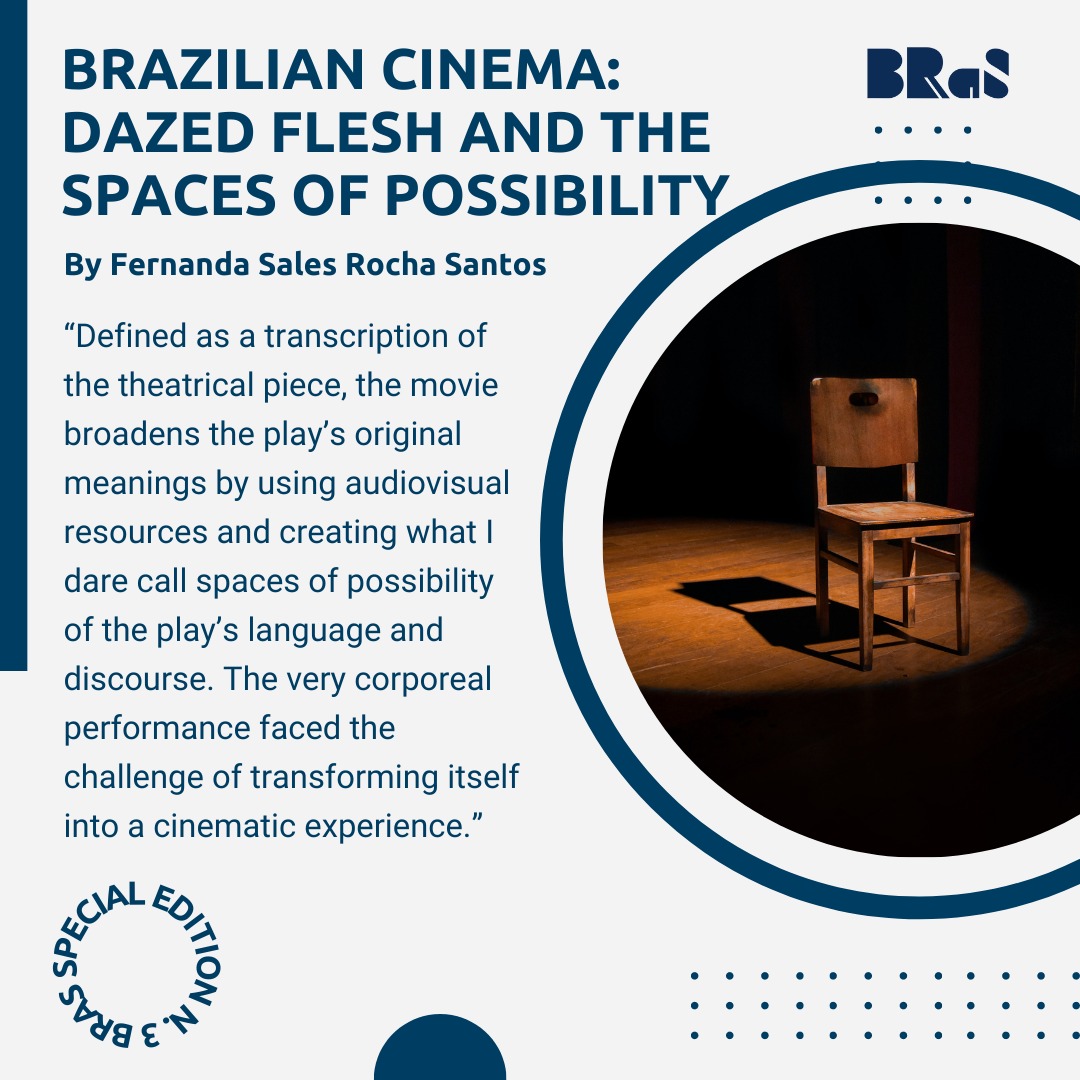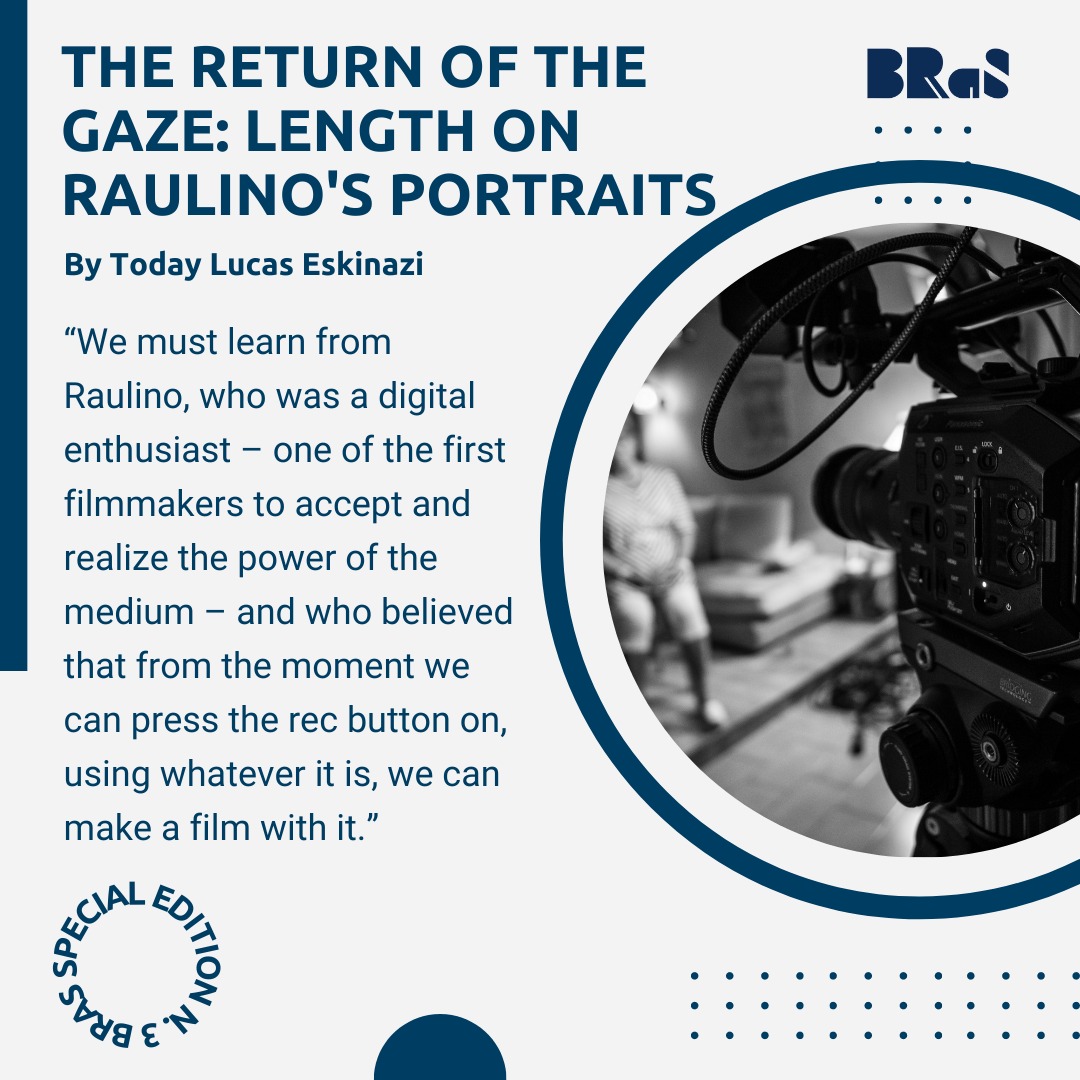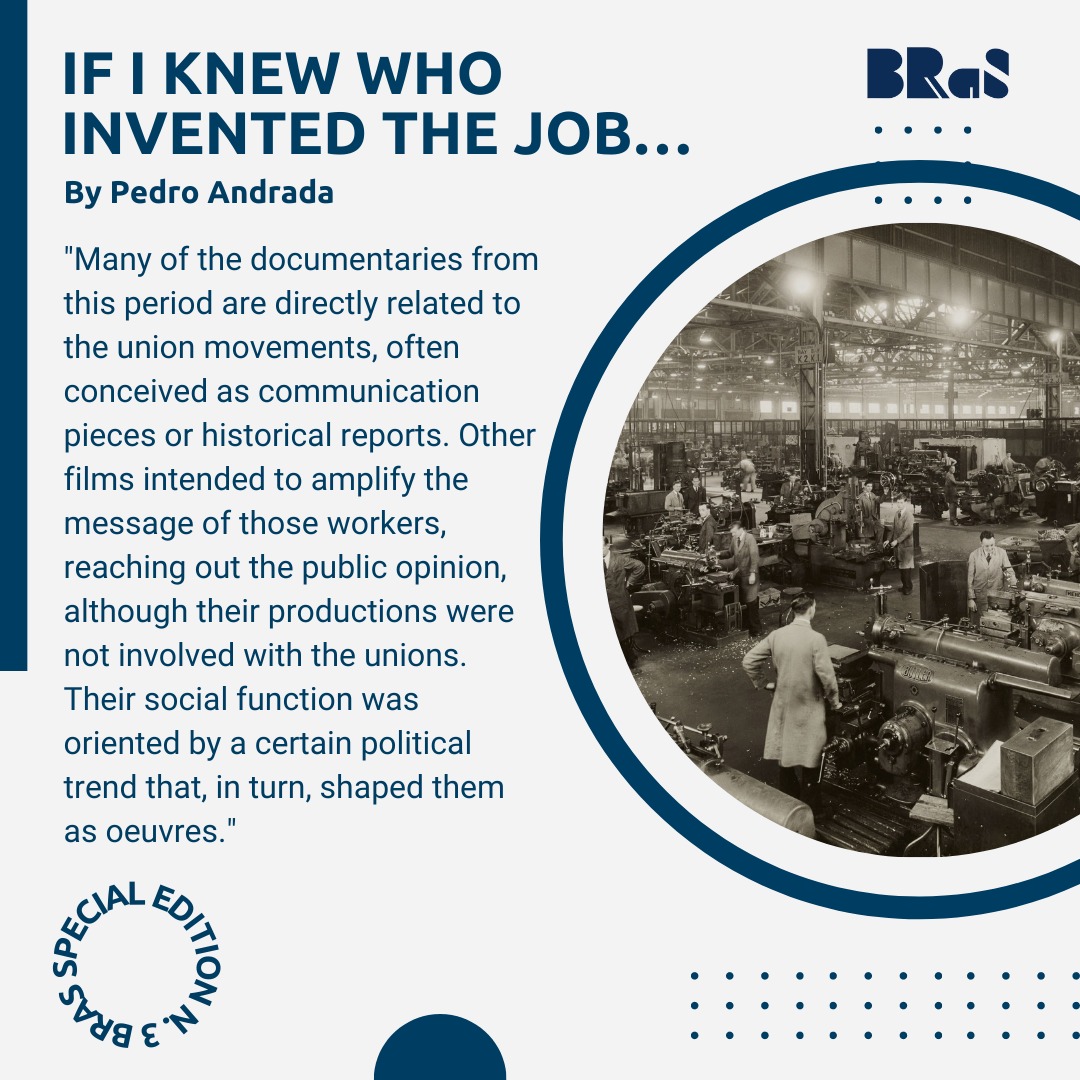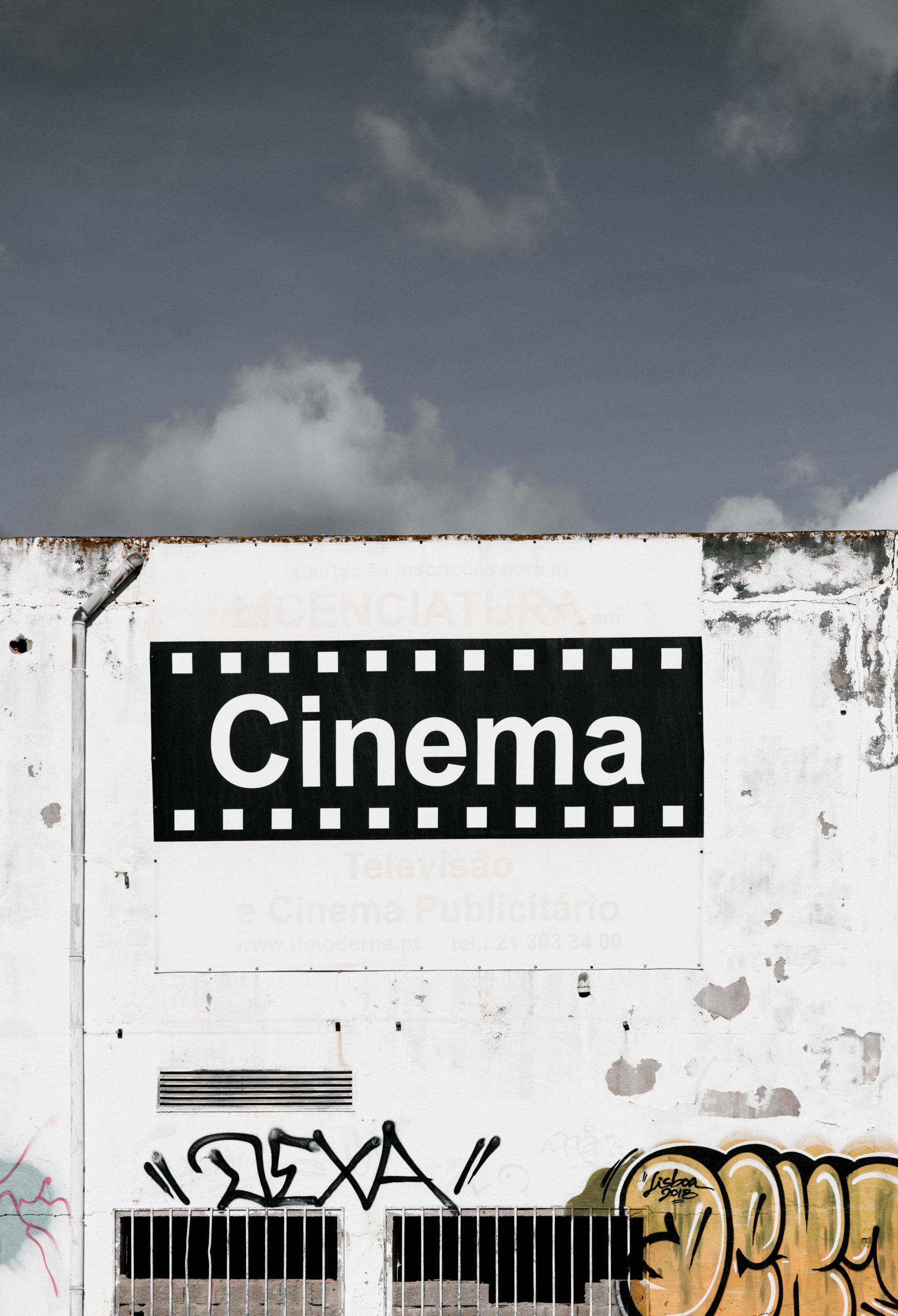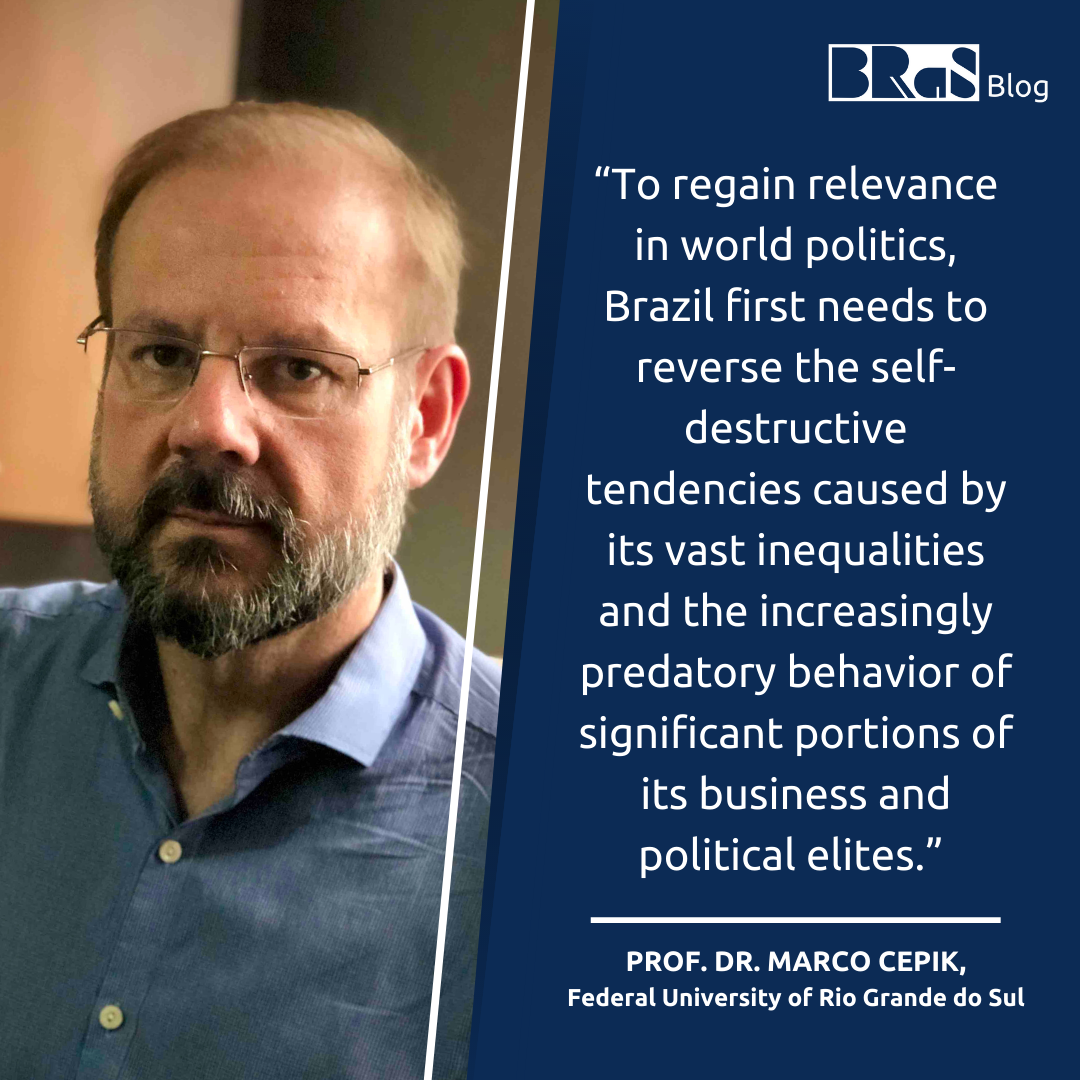by Lucas Campacci*
Edited and reviewed by Anna Paula Bennech and Giovanna Imbernon
Organized by Elcio Basilio
Although Brazilian cinema has presented multiple and different ways of representing the country’s periphery, it is with the young filmmaker Affonso Uchôa (1984) that the theme reaches a unique depth. The subject is not only dear to him, but it also brings his everyday life; after all, he grew up in the outskirts of Bairro Nacional, Contagem (metropolitan region of Belo Horizonte). His low-budget films are written together with the same group of friends, many of them his neighbors, who not only act in the movies but also help to write the script. This mutual relationship allows these young people to be influenced by the cinematographic language and to propose ways of reciprocal action during this exercise of filming each other. In a country where police brutality is as cruel as it is hidden – being the main target black and peripheral population[1] – his movies bring a perspective dissenting from the official legal, judicial and criminal narrative often reinforced by the mass media.
As a director, Affonso Uchôa has six films and in most of them, he presents the complex relationship of the male universe in a hostile environment, which ranges from friendships, subsistence in a precarious job market and drug trafficking, often as a result of the situation in which the peripheral population is. On the one hand, this friendship with the people he films brings a closer relationship with the environment, allowing a greater temporalization in his scenes, on the other hand, we also have the inevitable withdrawal from a naturalistic performance of his characters and a consequent deviation from conventional film production. Therefore, his moviemaking works as a community in the broad sense. It works as a space for sharing a conception, built by and through people who share a communicative process with each other.
The movies are also the people’s intervention in Bairro Nacional, Contagem, making them visible, while resisting and reinventing themselves through the image. In the documentary Seven Years in May (2019), there is an extreme example of resistance and reimagination through the image, which according to Uchôa himself, the film “was not just giving an accountability of the past, it was also to build a legacy” (2020). The work tells the story of Rafael dos Santos, known as Fael, a resident of the neighborhood. Fael had been mistaken for a drug dealer in a truculent police approach, which culminated in his being sentenced to death if the officers did not receive a large sum of money and drugs. At the age of 20, Fael had to move to São Paulo to live on his own. His traumatic experience is the center of the documentary, brings his multifaceted testimony in three interconnected parts: the first by representing the traumatic memory, followed by his oral testimony and, finally, the staging of a children’s game called “morto vivo“[2], coordinated by a police officer, for sharing his individual story; one that is common to so many other young people. The relation between body, trauma, memory, and fictionalization is combined with an approach to a personal (only Fael knows the pain of his trauma) and collective (thousands suffer from similar cases in Brazil) theme.
The first part of the film begins with the sign “To the Black Man who died too soon”, followed by a scene with Fael walking at night, following a street towards an unlit place to a point where we no longer recognize him in the dim light. Then, together with his friends, he re-enacts his traumatic episode. He represents himself; the others, wearing parts of the police force uniform, act as officers. Except for Fael, everyone seems to be relaxed and playful in the situation by imitating the police slang – which they know quite well. But the main character actually embodies the role of his own story. The representation, even though not very realistic, is still extremely violent.
The re-enactment also keeps the survivor’s memory, since there is no other document that can help in retelling the story. His body is the place of inscription of the past and connects the fictional scene with his real-life experience. In the second part, we are introduced to Fael’s testimony about what happened. It is also the part that takes up more than half of the movie. Sitting in front of a fire, he tells in detail how his torture was and also the consequences in his life after this episode. The scene, composed only by the image of Fael’s face and the flickering light of the fire, gives us only the means to imagine his story. Unlike the first part of the film, where his story was connected with the mise-en-scène, now it is through oral testimony that he returns to the past. This change also brings an epistemological process that departs from the declared memory, which also becomes a document (Ricœur, 2018). As such, his testimony also has a proving value.
“It’s like that day never ceased to exist,” says Fael at one point. The problem with torture is that it always acts for the future, since it closes off the possibilities that it exists without its presence. According to psychoanalyst Maria Rita Kehl (2010), under torture, the body becomes a subject to the other, since the torturer can extract from his victims what they want to hear and not what the tortured has to say. Therefore, the testimony is also a way to keep the person righteous, not succumbing to the desire of the tormentors.
The film’s turning point is at the moment when there is the intervention of an interlocutor who, like Fael, is a young black man. He declares: “my story is just like yours”. The clash between the traditional documentary interview with the fiction’s counter-field removes the margins of support from a purely documentary scene and at the same time shifts the singularity of Fael’s testimony to a testimony that is common to so many. It also brings a feature of hope, because the character is there with the role of listener and also as a person who encourages the possibility (and necessity) to move forward. This is the link to the last part of the movie, where violence is presented as an allegory in a children’s game, commanded by a policeman. Several young people participate until only Fael remains as the one who refuses to follow the game’s rules as much as he refuses to die.
“You can still see the bloodstains on the asphalt. And it’s not just yours. There are a lot of people dying every day. We’re surrounded by a pile of dead people. And this pile has only been growing since before we were born. And it’s already so high that it has covered the sky. That’s why it’s all so dark. But there’s no night that lasts forever. We have to move forward, for us and for them as well,” says the interlocutor to Fael. It is the other who brings him again to his human condition, which is the ultimate virtue of the literature itself of overcoming death and recounting his journey. At the same time, it reflects on the need for justice, and as Walter Benjamin (2012) states, for the existence of justice, it is unavoidable to bring back the suffering of those who could not even find ways to narrate them, and only in this way would it last then the unfulfilled desire of those who left and the destiny of continuity of those who remain.
[1] According to the Violence Study Group (Núcleo de Estudo de Violência) in 2020, even with the pandemic, 6416 people were killed by the police in Brazil. 79% of the victims were black.
[2] Dead or alive – morto vivo – is a common Brazilian children’s game where one tells the group to be alive – to stand up – or dead – to squat – in a random manner. Whoever makes the wrong move after the order is given gets out of the game. The winner is the last remaining to follow the orders correctly.
References
Benajmin, Walter. 2012. Magia e tecnica, arte e política: ensaios sobre literatura e história da cultura. São Paulo: Brasiliense.
Chiaretti, Maria, Leite & Araújo, Mateus. 2020. The Peryphery Reimagined: A conversation with Affonso Uchôa. Filmmakers’ theory: an approach to the study of cinema.Portugal: Aniki.
Kehl, Maria Rita. 2010. Torturas e Sintomas Sociais. In O que resta da Ditadura. São Paulo: Boitempo.
Ricœur, Paul. 2010. A Memória, a História, o Esquecimento. Campinas: Unicamp.
* Lucas Campacci holds an M.A. in Cinema from the University of Beira Interior (Portugal). He also holds a B.A. in Social Communication from Faculdade Cásper Líbero (Brazil) and did a graduate specialization in Film, Video, and Television at Centro Universitário Belas Artes (Brazil). His main topics of research are documentary, memory, archives, and dictatorship.



